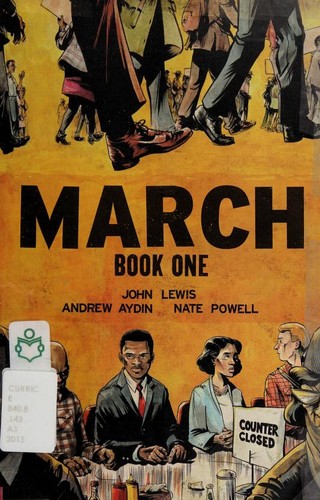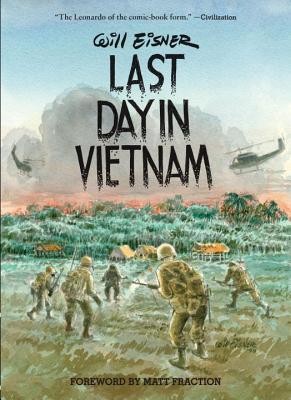Non-fiction graphic novels
If Graphic Novel is a new word for you, let's just say for simplicity that Graphic novel is a fancy word for a comic book. It's a dramatic oversimplification but for the moment, let's go with it. And if non-fiction is a new word for you, it just means the book contains a real-life story. For example, a biography is non-fiction because it describes what happened in real life. Comic books that contain real life stories. The last time I mentioned this to a friend, he was surprised that such things even exist "a comic book that is non-fiction"? He was an avid comic reader of DC and Marvel comic books, all of which are fictitious. So when he first heard "Non fiction graphic novel", he didn't even know what that looked like.
I always had an interest in history but most of the history books that I came across or that were recommended to me felt impersonal. That's how I got into non-fiction graphic novels and over the past 5 years, I have immersed myself deeper into the real of non-fiction graphic novels. So, without further ado, let me introduce to this world.
The thought of writing this blog post came to my mind in the first place because a student colleague of mine asked for references or material to better understand what is currently happening in Iran. So let's start there. Persepolis is the story of Marjane Satrapi, an Iranian woman who lived through the Islamic Revolution in Iran. It's a two part book, the first covers about the beginning of the revolution when she was a child in Iran and in the second, she talks about returning to Iran after briefly living in Europe and what it was like living in Iran after the Iranian Revolution. They called us enemy by George Takei. You might recognize the name if you're a fan of the original Star Trek. George Takei talks about the Japanese internment camps in the USA during the World War II. He was a child during WWII, living on the west coast to Japanese parents, one of whom was a US citizen (if I remember correctly) and he talks about how the community around them treated them after Japan attacked Pearl Harbor, what the political atmosphere looked like and how it was to live in the internment camps.
They called us enemy by George Takei. You might recognize the name if you're a fan of the original Star Trek. George Takei talks about the Japanese internment camps in the USA during the World War II. He was a child during WWII, living on the west coast to Japanese parents, one of whom was a US citizen (if I remember correctly) and he talks about how the community around them treated them after Japan attacked Pearl Harbor, what the political atmosphere looked like and how it was to live in the internment camps.
Last day in Vietnam by Will Eisner. If there's one thing you remember from this blog post, it should be the name Will Eisner. He is the giant who everyone in the industry aims to emulate, both in terms of story telling and the art. The annual Eisner Awards are an easy to discover great content. Eisner is mostly recognized for his fictional work but in this non-fiction graphic novel, Eisner documents his personal experience during the last days of the Vietnam war. He wasn't a soldier fighting on the front lines but he was embedded (might not be the best word) with units on the front line.
Kid Gloves by Lucy Knisley is a heart warning and informational account of pregnancy. Lucy Knisley does an absolutely awesome job of weaving her personal experience with the history of medicine and how we have come to understand a womans body, what all happens to a womans body during pregnancy, delivery and afterwards. As an adult, I was ashamed after reading this book because I knew so little about what half of the human population experienced atleast once in their lives.
Moving on, in Maus, the author (Art Spiegelman) talks about his conversations with his mother and father, both of whom are holocaust survivors, and how that effected his relationship with his parents. He also depicts what his mother, father and extended family went through under the Nazi regime and the things they had to do to live, and finally escape to the USA. People say that because of the nature of the story, the author/artist chose to depict the characters in the graphic novels not as humans but as Mouse. The Jewish people in the story are Mice, the Nazis are Cats, the Poles (Polish people) are Pigs (If I remember correctly) etc.
I love learning about history from the lived experience of people. I hope this gives you a birds' eye view of the world of non-fiction graphic novels.







